Iceland emerging as popular practice site for moon and Mars exploration
The nation wants to be an important part of humanity's next giant leap.
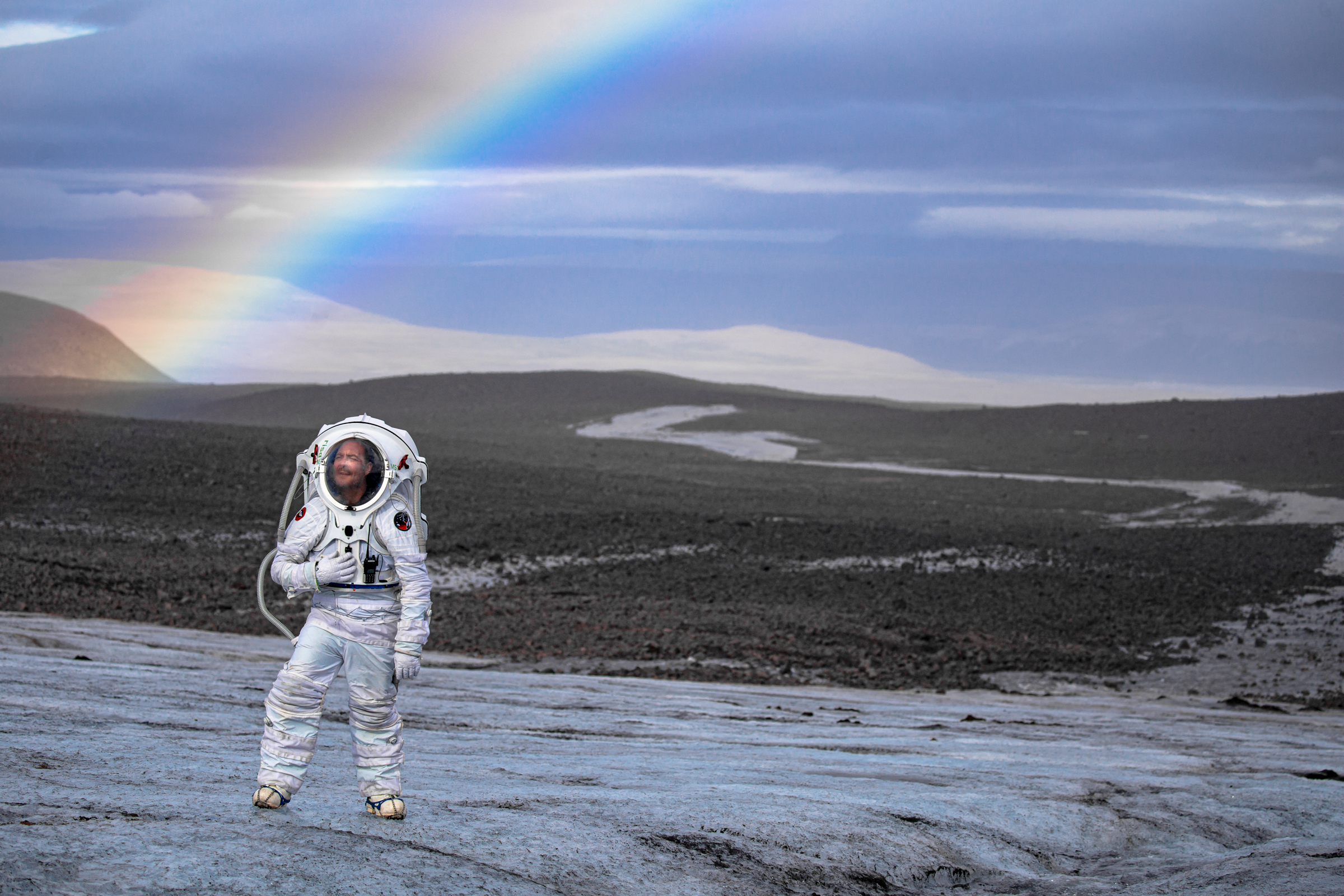
Iceland is an increasingly popular testing zone for spacesuits, habitats and off-world vehicles.
Why is this, and what can such research contribute to humanity's quest to put boots back on the moon and set up a crewed outpost on Mars?
Embarking upon the future of off-planet exploration is the Iceland Space Agency, a privately organized (not governmental) institution. The agency has a growing list of research projects underway and is helping nurture a space sector in the island nation.
Related: How living on Mars could challenge colonists (infographic)
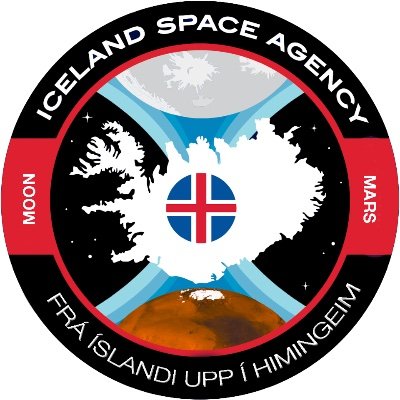
Why Iceland?
Iceland is a good place to do space-related research because it boasts a diverse set of habitats, some of which resemble off-world locales, in relatively close proximity to each other, with access to critical infrastructure for expedition support, said Daniel Leeb, a founding partner and executive mission director of the Iceland Space Agency.
Yes, space researchers can travel to Antarctica to experience the extreme cold and desolation. And they can hop over to Hawaii to conduct investigations in lava tubes and perform basaltic geological research.
"But you can get both of these analogues and so many more right here, within kilometers of one another, and for a fraction of the logistics cost and complexity," Leeb told Space.com.
Get the Space.com Newsletter
Breaking space news, the latest updates on rocket launches, skywatching events and more!
The Iceland Space Agency also has the logistical assets and expertise to take research crews and their technology platforms to the most remote locations. "So, in terms of risk of equipment damage or crew safety in extreme environments, we mitigate these risks pretty effectively," Leeb said.
Related: The 9 coolest simulated space missions
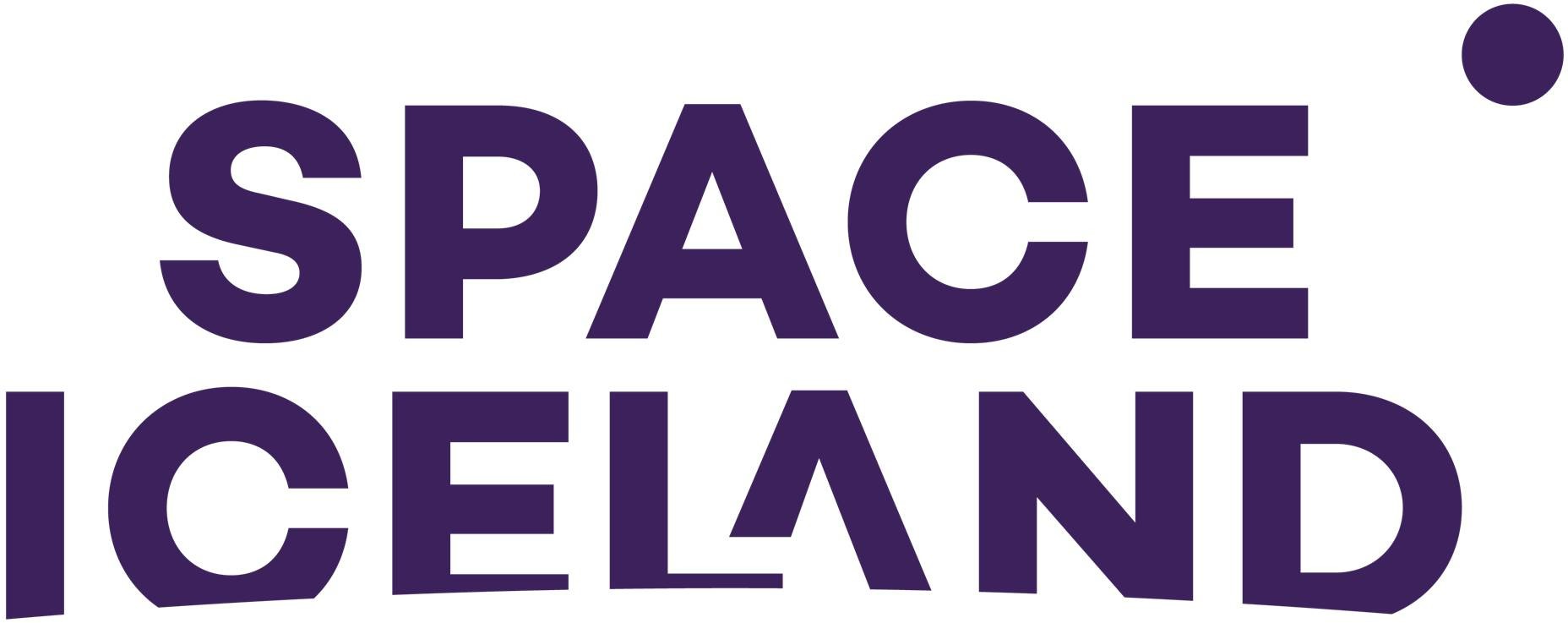
A private space agency
The Iceland Space Agency began organizing in 2017, when it started to blueprint its first space research projects and collaborations, which were executed in 2018.
"It was necessary to facilitate space and planetary science related projects that were being planned to take place in Iceland by foreign entities," Leeb said.
"Without an Icelandic space-focused agency, Iceland would continue to be a destination for others without benefiting from the research domestically in terms of academic, political and private sector collaborations and science, technology, engineering and mathematics (STEM) education," Leeb said.
Several field projects are currently showcasing the unique environment of Iceland to support space research. One is Digging Iceland Geology for Mars Analog Research Science (DIGMARS), a NASA-funded project that explores Iceland as a terrestrial analog for the Red Planet.
This project seeks to understand how lakes in Iceland, a basalt-dominated terrain, can inform scientists about surface and groundwater processes on early Mars, particularly in places like Gale and Jezero craters — the respective locales being explored by NASA's Curiosity and Perseverance Mars rovers.
The first field season for this project, which occurred in 2021, targeted Lake Sandvatn in southwest Iceland.
"Last summer, we were honored to work with the DIGMARS research team that was led by Mike Thorpe and Liz Rampe from NASA Johnson Space Center, and we are looking forward to working with them again this summer," Leeb said.
Related: 12 amazing photos from the Perseverance rover's 1st year on Mars
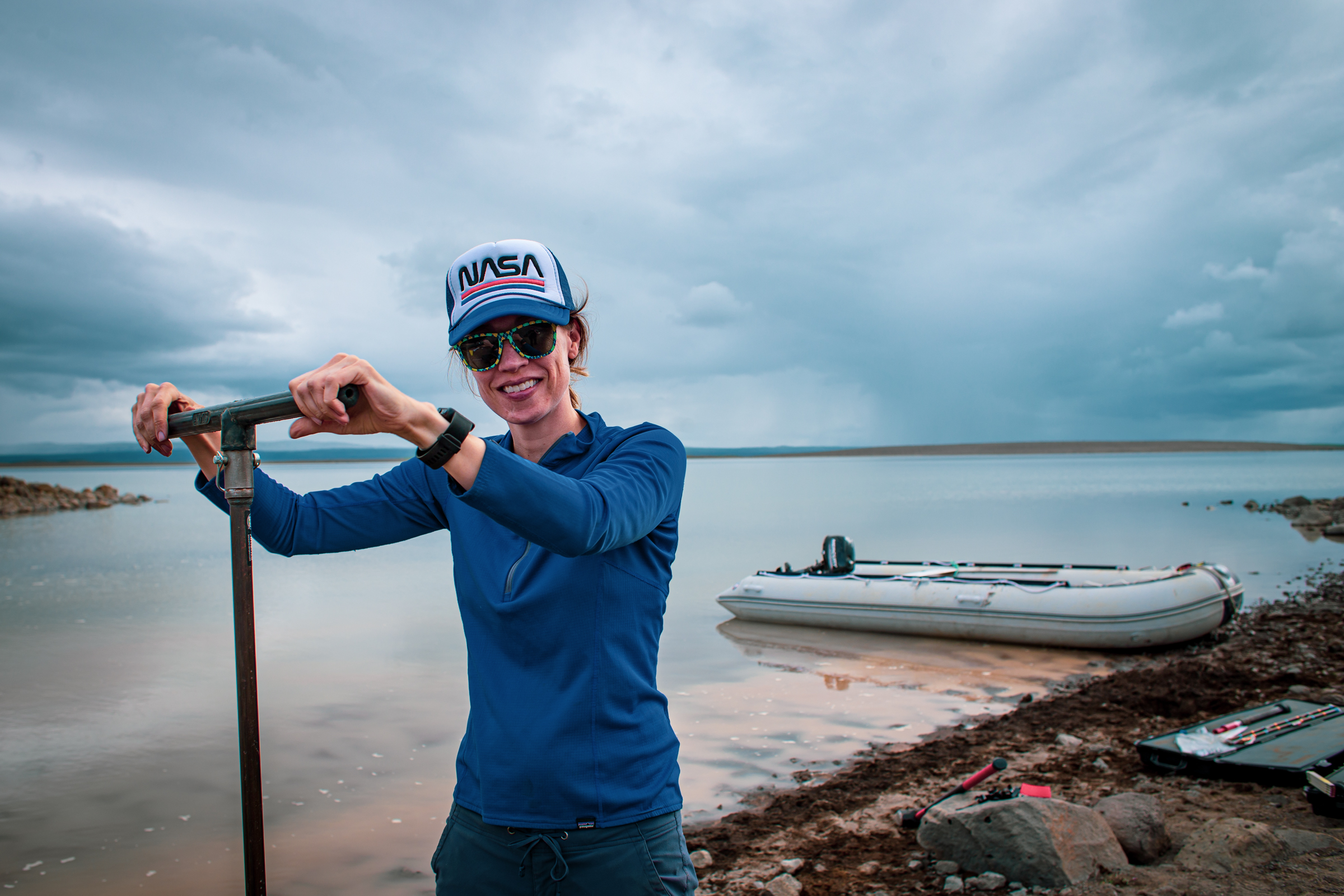
Core components
The Iceland Moon Mars Simulation (IMMS) is the Iceland Space Agency's research and innovation roadmap for the next few years. It was created to work in concert with exploration programs such as NASA's Artemis program and the European Space Agency's Moon Village idea.
The IMMS initiative has a number of core components. One of them, IMMS LDS (life detecting strategies), is an astrobiology research initiative to survey multiple sites in Iceland. It's led by Angélica Anglés of Blue Marble Space Institute of Science in Seattle.
"This work will undoubtedly inform humanity's search for life beyond Earth and validate innovative processes and technology that may be on future rovers and tele-robotic platforms," Leeb said.
Then there's IMMS MS2, a moon/Mars "spacesuit simulator" that has been tested in Iceland over the last few years, based on the needs of NASA's Artemis program. MS2's lead designer is Michael Lye from the Rhode Island School of Design (RISD), who's working with the Iceland Space Agency and AdventureX to test the simulator in lava tubes, glaciers and basaltic ash fields — all in a single day.
"This work has proved critical for the initial development of IMMS HAB1, which will be the highest fidelity moon/Mars analog research facility," Leeb said.
"This spring, we will continue this work with our engineering partner EFLA to conduct site surveys for the habitat and work with our planetary research partners as well as the private space sector to assess the needs and demands of future astronauts and the technology platforms that will need to be tested on Earth before landing on the lunar and/or Martian surface," he added.
The integration of a high-fidelity spacesuit simulator and the habitat/research facility, combined with the best lunar and Martian analogues, Leeb said, "should make our facility the premier site for the research, testing, training and development of technologies and operational procedures destined for the moon, Mars and beyond."
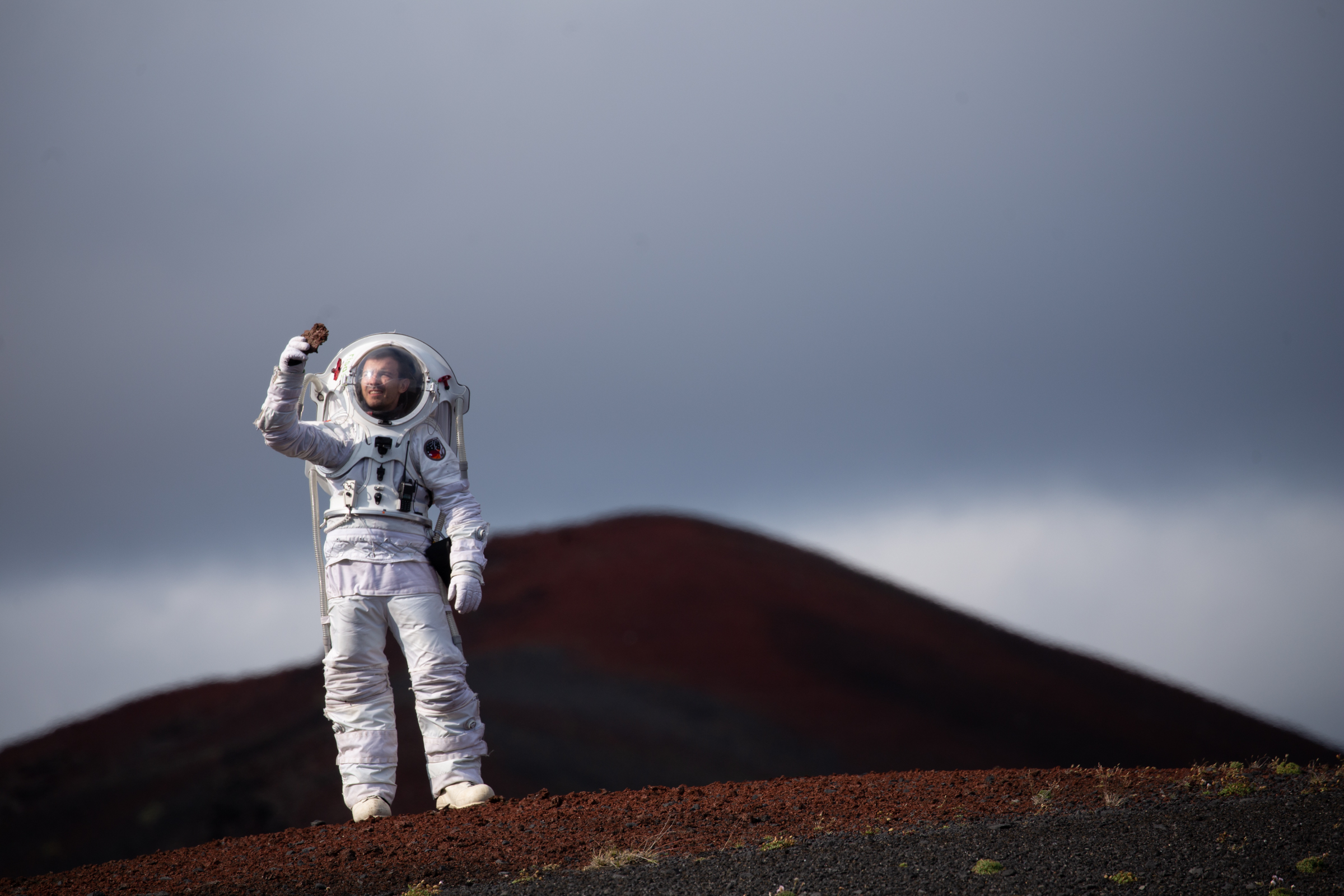
Space sector development
Another group with an eye on the future is Space Iceland, which was established in 2018. A separate entity from the Iceland Space Agency, it too wants to help make Iceland a player in the planning of future crewed moon and Mars missions.
"Space Iceland wants to link stakeholders together to foster the creation of a National Space Plan," Space Iceland's website states. "We are mapping Iceland's activities and potentials and attempting to build a grassroots of enthusiasts, industry, science and policymakers. We want to be the voice of Iceland's space aspirations, push debate, further development, advance policies and service the industry."
For Iceland, the development of a space sector is simply a question of competitiveness, Space Iceland Director Thor Fanndal told Space.com.
"The development of a space-derived sector is a no-brainer," Fanndal said. "It increases efficiency in traditional sectors and is essential to the fight against climate change. Iceland's participation is an opportunity for our companies to stand on the shoulders of giants from day one."
The main reason foreign entities are coming to Iceland for space work is that the nation's landscapes are good stand-ins for the moon and Mars, he added.
This is an oversimplification, of course, "but Iceland is perfect for moon and Mars analogue missions," Fanndal said. "We get these opportunities because Iceland is an obvious location."
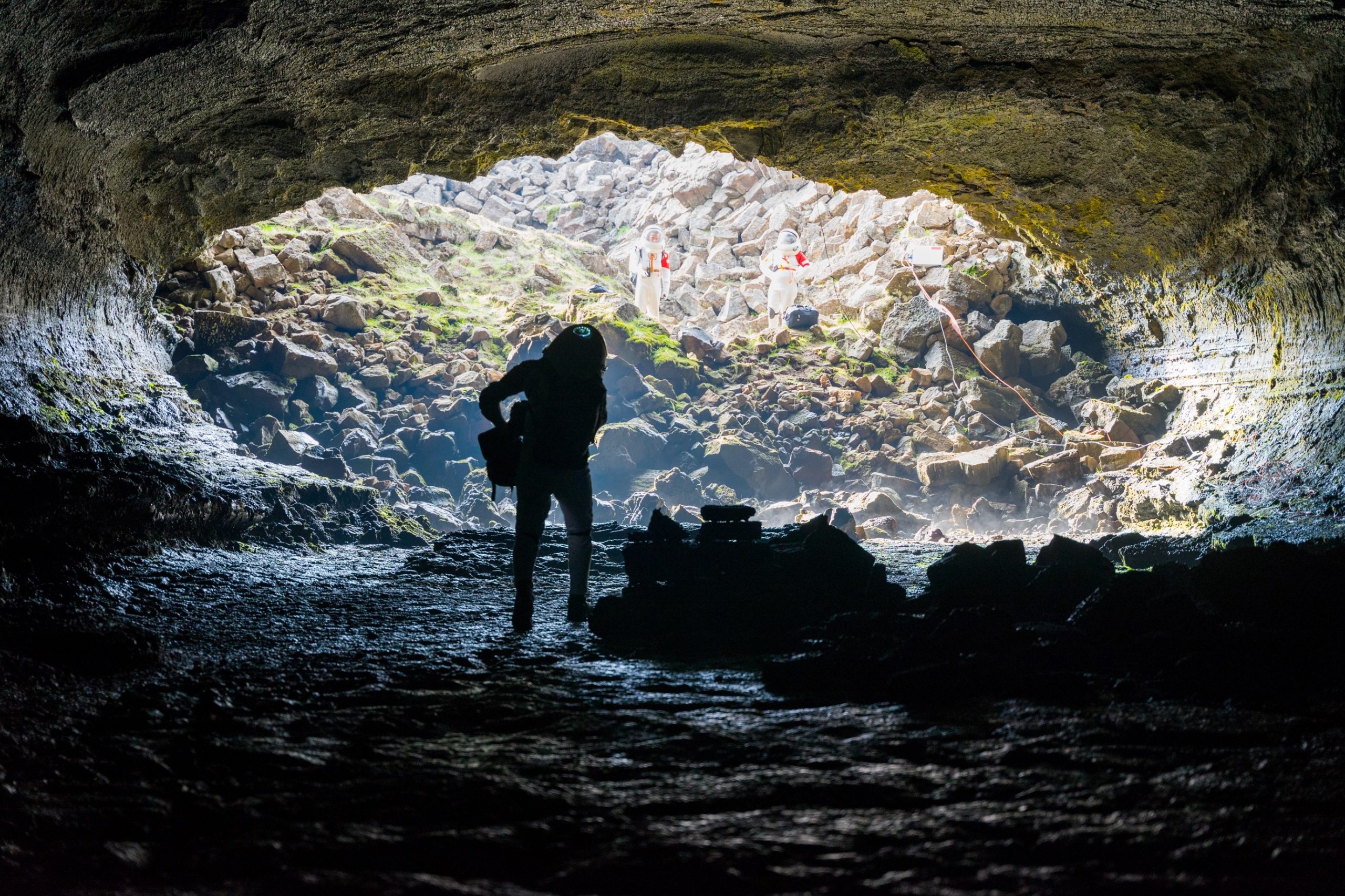
Educational outreach
Space Iceland is currently developing a cubesat project; the first communication prototype is manufactured, and the system is now up for programming and testing.
Each year, Space Iceland also hosts student researchers who are interested in space, with several projects funded by the National Student Innovation Fund managed by The Icelandic Center for Research. "Space needs lawyers, engineers, designers, doctors, writers and everything in between," the group's website points out.
And Space Iceland is one of several partners involved in CHILL-ICE ("Construction of a Habitat Inside a Lunar analogue Lava tube — Iceland"), an international space test, research and development startup that's constructing a lunar analogue habitat inside a lava tube in Iceland.
"We are indeed working on [analogue] space research, focusing on astronautic missions inside lava tubes and utilizing the subsurface of Iceland as a simulation ground for future lunar and Martian human explorations," said Marc Heemskerk, head of CHILL-ICE subsurface operations.
Another potential milestone in the making, Fanndal noted, is the possibility of an Icelandic rocket company forming in the next year or two. "Space Iceland is part of the group's support system, and every startup that is formed as a result of our work is a milestone," he said.
A suborbital launch by a homegrown company would be a huge step for Iceland's nascent but ambitious space sector, according to Fanndal. "So it is a significant step for Iceland to service a launch of that size," he said. "It will be a milestone for Iceland, not just Space Iceland."
Leonard David is author of the book "Moon Rush: The New Space Race," published by National Geographic in May 2019. A longtime writer for Space.com, David has been reporting on the space industry for more than five decades. Follow us on Twitter @Spacedotcom or on Facebook.
Join our Space Forums to keep talking space on the latest missions, night sky and more! And if you have a news tip, correction or comment, let us know at: community@space.com.

Leonard David is an award-winning space journalist who has been reporting on space activities for more than 50 years. Currently writing as Space.com's Space Insider Columnist among his other projects, Leonard has authored numerous books on space exploration, Mars missions and more, with his latest being "Moon Rush: The New Space Race" published in 2019 by National Geographic. He also wrote "Mars: Our Future on the Red Planet" released in 2016 by National Geographic. Leonard has served as a correspondent for SpaceNews, Scientific American and Aerospace America for the AIAA. He has received many awards, including the first Ordway Award for Sustained Excellence in Spaceflight History in 2015 at the AAS Wernher von Braun Memorial Symposium. You can find out Leonard's latest project at his website and on Twitter.









